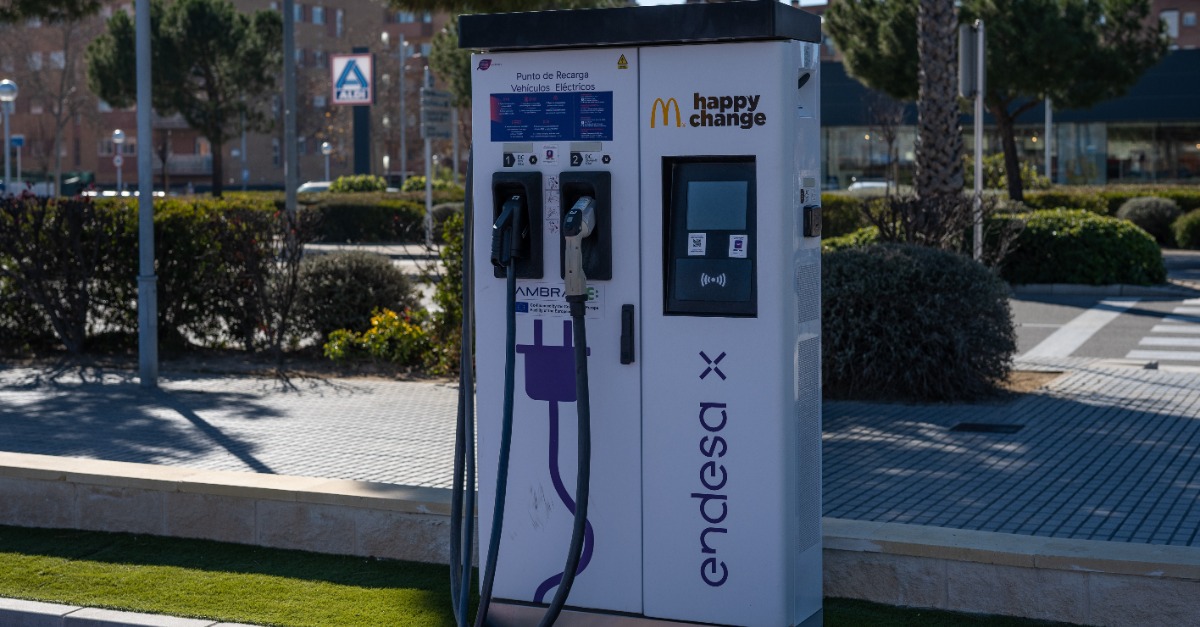The streets of the Community of Madrid are undergoing an electric transformation. The advance of electric and hybrid vehicles is relentless and set to accelerate with the approaching 2035 ban on the sale of combustion engine vehicles in Europe. But while the vehicle fleet is changing, the charging infrastructure faces a formidable challenge: thousands of new charging points cannot hide the core problem—a lack of speed.
The E-Mobility Boom in Numbers
The Madrid region is the undisputed center of Spanish electromobility. Between January and June 2025 alone, 49,949 pure electric vehicles were registered here. This represents an impressive 44.92% of all new registrations of this type in the whole of Spain. In addition, 118,818 hybrid vehicles were counted (46.67% of the national market), according to data from the Spanish Association of Automobile and Truck Manufacturers (Anfac). Driven by government subsidies, low-emission zones, and the clear EU directive, the market for alternative powertrains is booming.
The Charging Infrastructure: A Network with Significant Gaps
This vehicle boom has spurred the installation of charging points. In the second quarter of 2025, the region had 6,343 public charging points—a significant increase from the 4,360 in the previous year. But the numbers are deceiving. According to Anfac, a worrying 2,028 of these were out of service or unusable.
More serious, however, is the discrepancy with the European Union’s targets. To meet emission goals, Anfac estimates a need for 22,624 stations in 2025 and as many as 115,856 by 2035. The current infrastructure is miles away from these targets.
The Core Problem: The Dominance of Slow Charging Points
The biggest obstacle to widespread adoption is not just the number, but primarily the power of the charging stations. The facts are sobering:
- 4,712 stations (approx. 74%) have a power output of less than 22 kilowatts (kW). A charging process here can take between 3 and 19 hours—sufficient for overnight charging at home, but impractical for on-the-go.
- Only 1,101 charging points offer a power output of 150 kW or more. These fast and ultra-fast charging stations can recharge a vehicle’s battery in 10 to 27 minutes.
This means that only 8.67% of the installed chargers are true fast-charging stations, which are essential for long-distance travel or commercial transport. Anfac emphasizes that modern EVs are already designed for charging capacities of over 100 kW, but the existing infrastructure is holding back this progress.
Government and Industry: Who is Driving the Change?
Policymakers have recognized the problem. Jorge Rodrigo, Minister of Housing, Transport, and Infrastructure, emphasized the regional government’s intention to “promote these public facilities to make it easier for all Madrid residents to have parking for electric vehicles” during the inauguration of 40 new fast chargers at the Nuevos Ministerios metro station. These new units promise a “charge in less than 15 minutes.”
Nevertheless, Anfac criticizes that administrations must do more to promote the expansion of fast-charging stations. Nationally, about 70% of these crucial high-power points come from projects by the car manufacturers themselves. For a successful transport transition in Madrid and across Spain, an accelerated and targeted expansion of high-performance charging infrastructure is essential.




